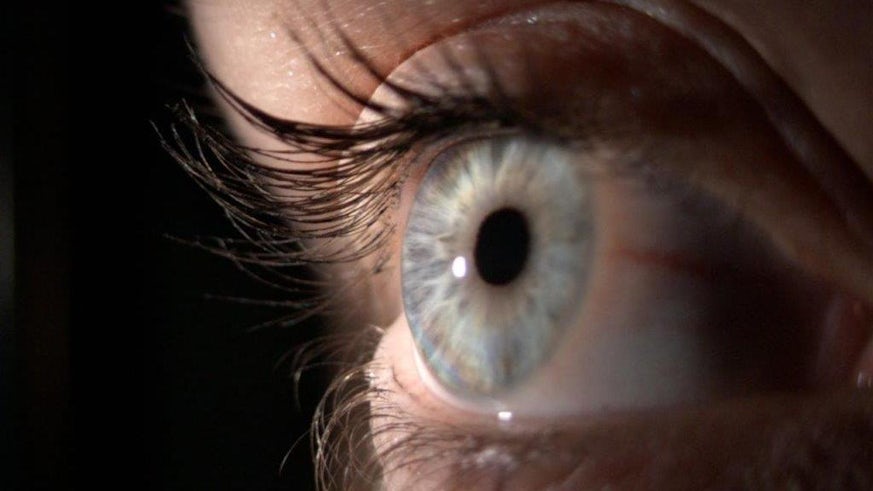Synthetic corneal implants developed to alleviate transplant donor shortage
27 July 2021

Researchers at Cardiff University have co-developed fully synthetic corneal implants that will resolve the corneal tissue shortage and associated immune rejection issues faced by traditional corneal transplants.
Currently, 12.7 million cornea blind individuals globally await transplantation with a human donor cornea to regain vision, but only 1 in 70 is treated due to a severe shortage of donor corneas in most countries. These revolutionary new implants will aim to alleviate this tissue shortage and associated immune rejection issues.
Previously, it has been shown that corneal regeneration can act as a therapeutic solution to donor transplant by using implants composed of biomaterials which encourage the human cornea to regenerate. However, the long-term survival of these implants can be hampered by inflammation and thus lead to implant failure.
In this study, the interdisciplinary team of scientists and clinicians designed corneal implants from collagen analogues which have a more straightforward manufacturing process and the potential to scale-up for clinical use.
The synthetic implants are also easy to produce at low cost, can suppress inflammation and allow tissue regeneration in situ in preclinical studies, which is promising for patients with corneal disease and awaiting a transplant.
Developing a safe replacement cornea involves specialised input from a wide variety of disciplines and as a leading institution for corneal structure research, The Structural Biophysics Group at Cardiff University was selected to examine the structure of the implanted synthetic cornea. The team comprised of Professor Keith Meek and Dr Philip Lewis of the School of Optometry and Vision Sciences who used state-of-the art electron microscopy techniques to examine the fine structure of the implanted materials.
Professor Meek who led the Cardiff team said: “We showed how cells from the host cornea communicate with each other within our implants to signal that transparent corneal tissue should be regenerated rather than the opaque scar tissue that is usually formed when the cornea is injured.”

This new discovery should be a promising option for patients awaiting a corneal transplant worldwide, which we hope to soon demonstrate with upcoming human clinical trials.
This project was a multi-national project involving researchers and clinicians in Belgium, Canada, Finland, Spain, Sweden, UK, and the USA. We acknowledge research grants from the DBT-Vinnova Indo-Swedish strategic cooperative program, Canadian Institutes of Health Research, Fonds de recherche en ophtalmologie de l'Université de Montréal (FROUM), the Caroline Durand Foundation, Medical Research Council in the UK, and ISCIII-ERDF/ESF from Spain.
The study was published in Communications Biology and is available to view online.
Share this story
Our research delivers advances in knowledge to facilitate detection, diagnosis, monitoring and treatment of vision disorders to improve quality of life.

